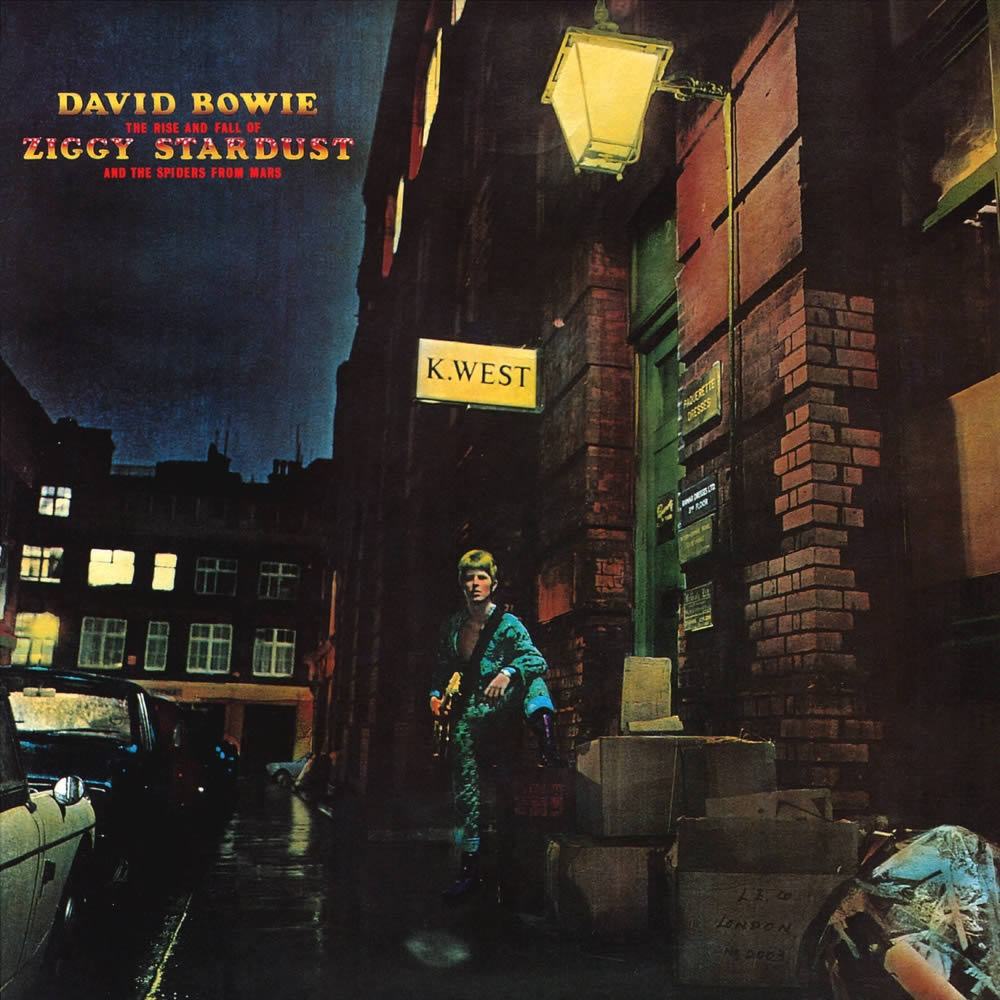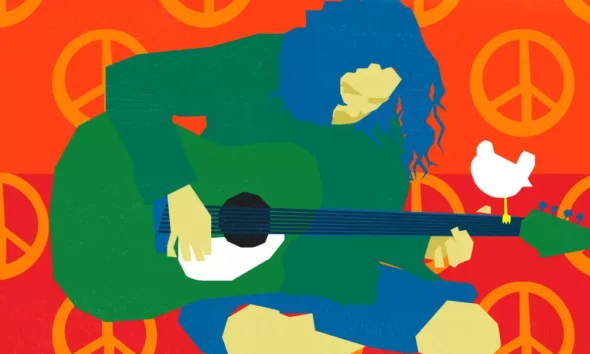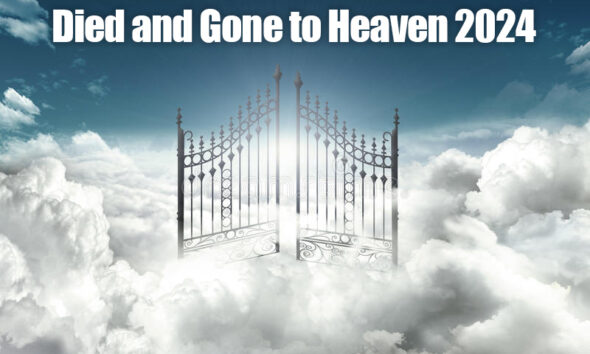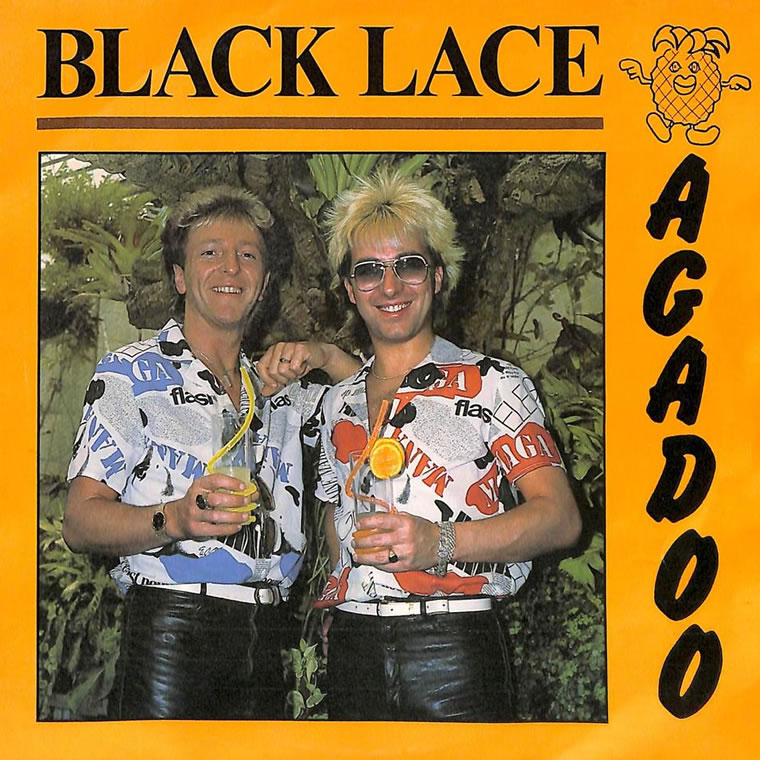David Bowie – The Rise and Fall of Ziggy Stardust and The Spiders From Mars


David Bowie’s landmark 1972 album The Rise and Fall of Ziggy Stardust and The Spiders From Mars was recorded in November 1971, close on the heels of Hunky Dory, which hadn’t even been released when Bowie and his band revisited the familar surroundings of Trident Studios in London. With sessions starting in mid afternoon and the day’s work finishing around midnight, Ziggy, astonishingly, was recorded in less than three weeks, with, according to engineer Ken Scott, all the vocals and the majority of performances being first takes.
Bowie admits a direct influence on the loose concept album was Vince Taylor, an English singer who took the ‘rock star’ persona to the extreme, calling himself Mateus and declaring himself the son of God.
Bowie based the clothes, hair, and makeup of Ziggy Stardust on the Malcolm McDowell character in A Clockwork Orange, and on William Burroughs’ book Wild Boys. Ziggy is the definitive rock star: sexually promiscuous, wild in drug intake and with a message, ultimately, of peace and love; but he is destroyed by his own excesses. Other influences included the Legendary Stardust Cowboy and Kansai Yamamoto, who designed the costumes Bowie wore during the tour. The Ziggy Stardust name came, partly from the Legendary Stardust Cowboy, and partly, as Bowie has stated because Ziggy was ‘one of the few Christian names I could find beginning with the letter Z’.
Musical inspiration came from a trip to New York that Bowie had made earlier in 1971, when he decided he wanted to give his take on the musical style of Iggy & The Stooges or The Velvet Underground, to whom he dedicated ‘Queen Bitch’ on Hunky Dory. Engineer Ken Scott recalls, ‘I remember David coming to me, prior to doing the album, and saying, ‘You’re not going to like this album. It’s gonna be much harder.’ I don’t know who he compared it to; maybe it was Iggy. He thought I would hate it, but I loved it!’
The album was intended by Bowie to serve as the soundtrack and musical basis for a stage show or television production telling the story of Ziggy. As well as the songs on the album, Bowie also intended songs such as ‘All The Young Dudes’, ‘Rebel Rebel’ and ‘Rock ‘n’ Roll With Me’ (the latter two later recorded for Diamond Dogs) for this realisation of the Ziggy story. ‘All The Young Dudes’ was of course to be recorded by Mott The Hoople and became their breakthrough recording. Two songs that were to be incorporated into the extremely loose narrative had been written at the time of the sessions for The Man Who Sold The World in 1970: ‘Moonage Daydream’ and ‘Hang On To Yourself’. They had in fact been released as a single under the pseudonym The Arnold Corns, fronted by Bowie’s friend, clothes designer Freddie Burretti.


Explaining the story of Ziggy, Bowie said: ‘The time is five years to go before the end of the earth. It has been announced that the world will end because of a lack of natural resources. Ziggy is in a position where all the kids have access to things that they thought they wanted. The older people have lost all touch with reality and the kids are left on their own to plunder anything. Ziggy was in a rock and roll band and the kids no longer want rock and roll: there’s no electricity to play it. Ziggy’s adviser tells him to collect news and sing it, ’cause there is no news. So Ziggy does this and there is terrible news. ‘All The Young Dudes’ is a song about this news.‘
However, Bowie was an arch-manipulator of press statements and engineer Ken Scott denies there was an all-encompassing concept as such, telling the NME: ‘I don’t see it. To me three songs link together: Ziggy Stardust, Lady Stardust and Star, because they’re all about the same person – and after that, it’s just a bunch of songs that work together.’
‘The Spiders From Mars’ included guitarist Mick Ronson, who plays with a maverick flair on Suffragette City, Moonage Daydream, and Hang Onto Yourself, Trevor Bolder on bass, Mick ‘Woody’ Woodmansey on drums. Ronson also doubled on keyboards. Backing vocals on It Ain’t Easy, the album’s one non-original, were supplied by the statuesque Dana Gillespie. In addition to his vocals, Bowie was involved in the arrangements and played acoustic guitar, saxophone and harpsichord on the sessions.
The Davies song ‘It Ain’t Easy’ is an anomaly, although well-performed. US songwriter Ron Davies had launched his career by writing an entire album for Seattle-based rock band The Wailers and subsequently recorded ‘It Ain’t Easy’ on his 1970 album Silent Song Through The Land, covered that same year by Three Dog Night and in 1971 by Long John Baldry and by Mitch Ryder’s Detroit. David Bowie’s version was reportedly recorded during the Hunky Dory sessions in April 1971.
One of Trident’s claims to fame was its piano and piano sound. Bowie used the studio piano, the same piano that The Beatles had used on Hey Jude, on the album’s opener, ‘Five Years’. Talking of The Beatles, in a 1973 interview with Charles Shaar Murray, Bowie admitted to pinching the backing vocal line from ‘Lovely Rita’ (from The Beatles’ Sgt. Pepper) and incorporating it into Star. In a similar vein, Bowie also stated that he had borrowed the penny whistle and baritone sax solo in the middle of The Hollywood Argyles’ song Sure Know A Lot About Love for the solo on ‘Moonage Daydream’.
Bowie and his band were left to get on with the job in hand by RCA, their label. Ken Scott: ‘It was a remarkable set-up because no-one from the record company ever came down, and that was unusual back then, and impossible now. They would leave us alone, we would hand in our product, and then they would make their comments after that.’
The first and only single from the record, ‘Starman’, charted at #10 in the UK and peaked at #65 in the US. The song was a late addition to the album, included at the insistence of RCA’s Dennis Katz, who heard a demo and loved the track, believing it would make a great single. (It replaced the Chuck Berry cover Round and Round on the album). According to Bowie himself, Ziggy Stardust is not the Starman but merely his earthly messenger – contrary to the received opinion which often paints Ziggy as an extraterrestrial.
The band of Bowie, Ronson, Woodmansey and Bolder certainly looked like extraterrestrials when they were first seen by a UK TV audiences on the Top Of The Pops show broadcast of July 5th, 1972, the day that everything changed for Bowie. As Trevor Bolder told the NME: ‘David was desperate to get us on Top Of The Pops and as as soon as we did, it just went. It was literally an overnight success.’
While Ziggy Stardust would live in fame as Bowie’s best-known onstage persona, the singer put the character to rest following his London performance on July 3rd, 1973, thirteen months after the album’s release on June 6th 1972.
The album cover shows David Bowie, dressed as Ziggy Stardust, standing outside the furriers, K. West, which was located at 23 Heddon Street, just behind London’s Regent Street. In March 2012, The Crown Estate, which owns Regent Street and Heddon Street, installed a plaque honoring Ziggy Stardust, one of the few in the UK dedicated to a fictional character, in a ceremony attended by Woody Woodmansey and Trevor Bolder.











youtube Mod App
April 8, 2025 at 5:49 pm
What an incredible deep dive into Ziggy Stardust! Bowie truly reinvented not just music, but also the way we view identity and art. It’s fascinating how this album still resonates today—such a timeless classic! I loved your insights on the cultural impact it had. Thanks for sharing!